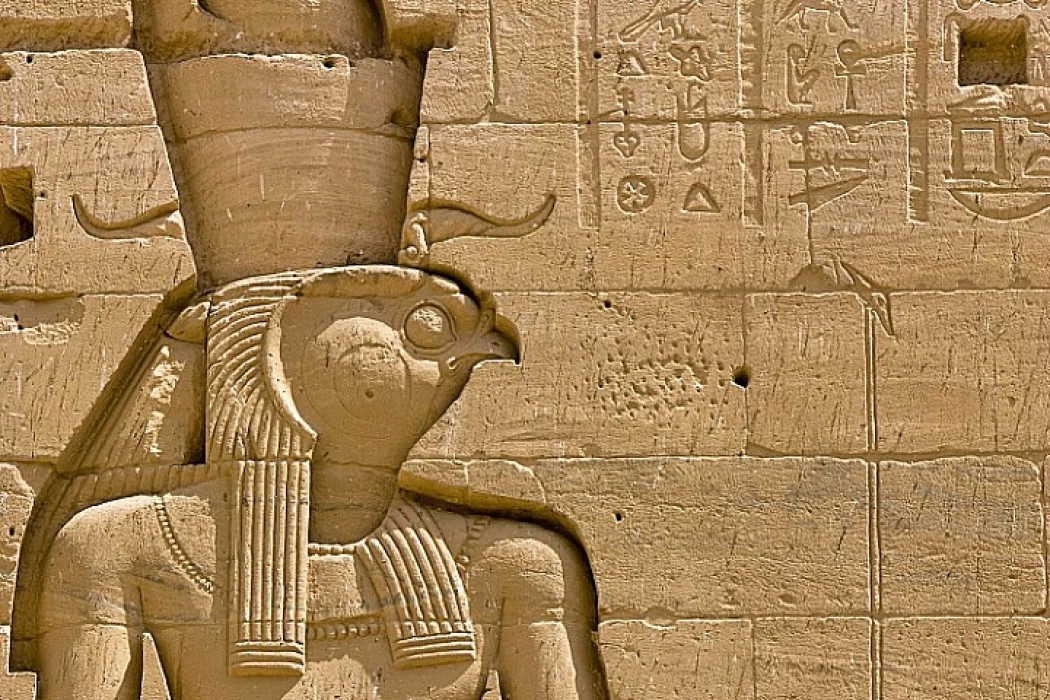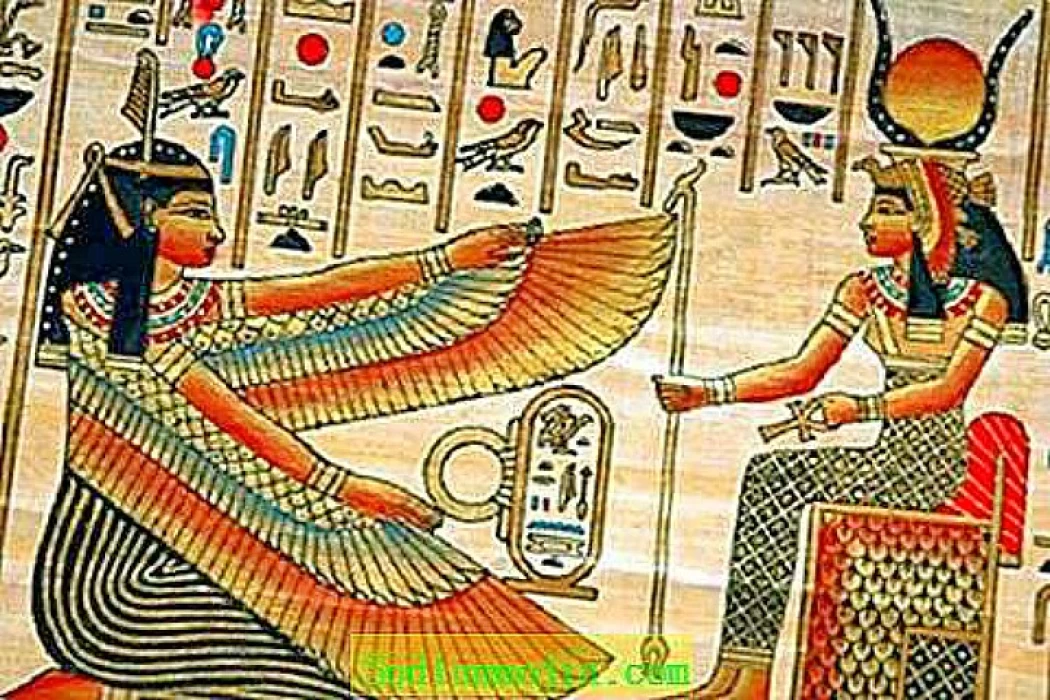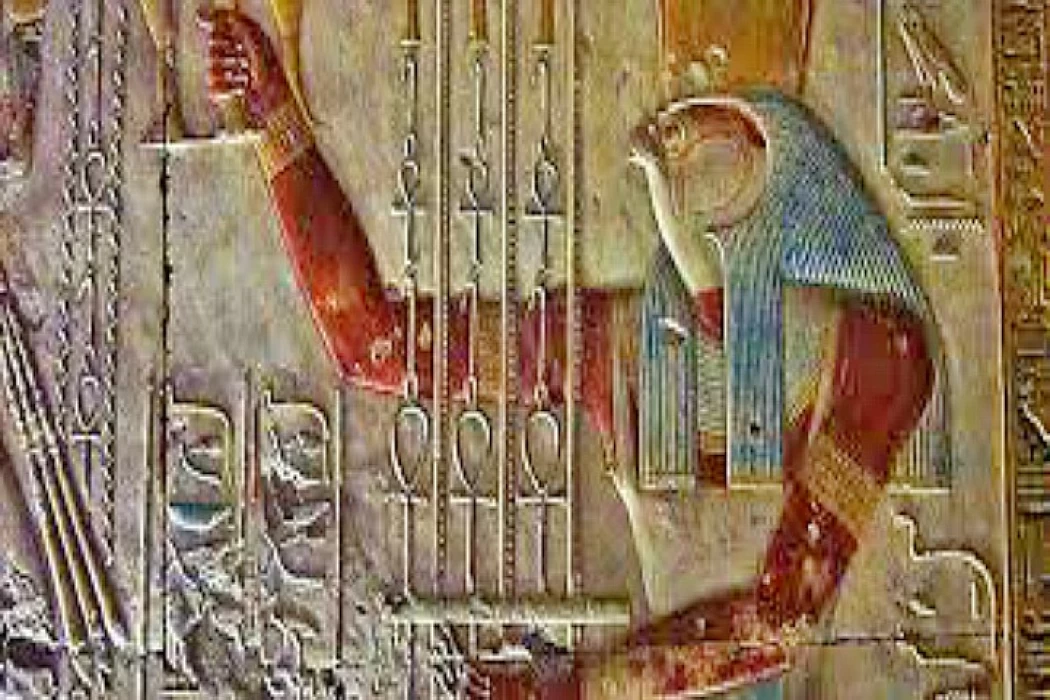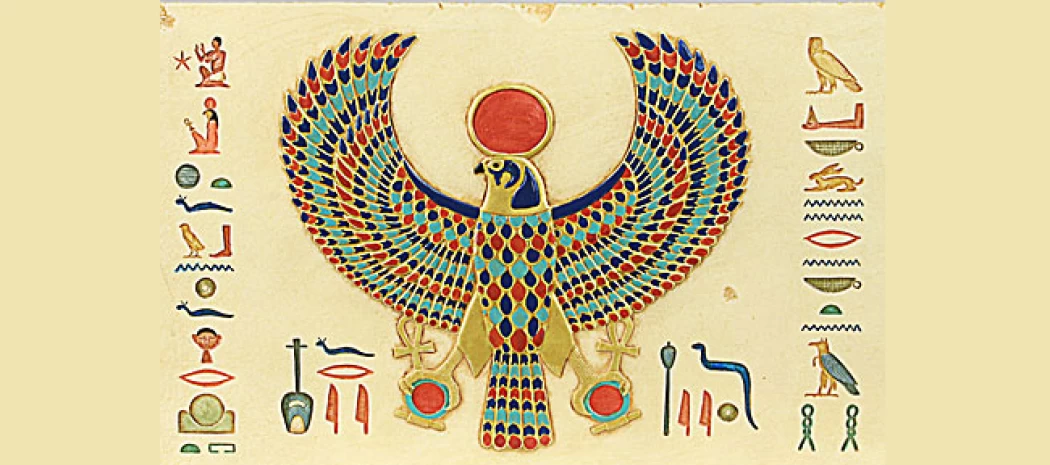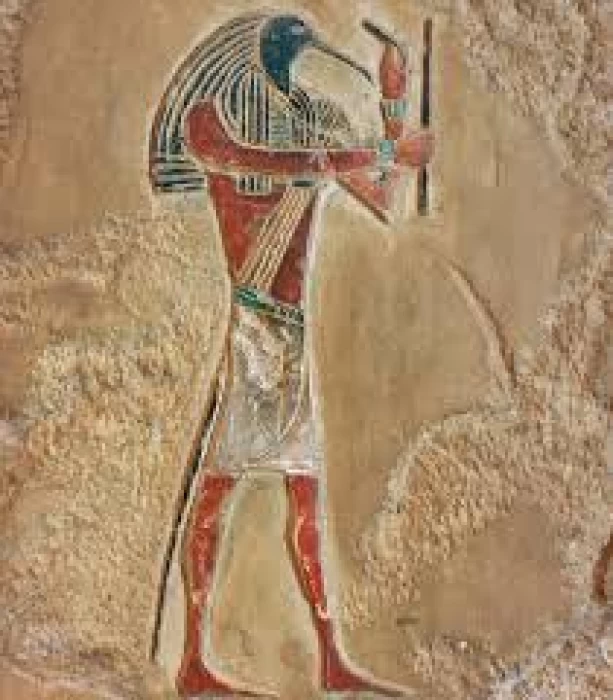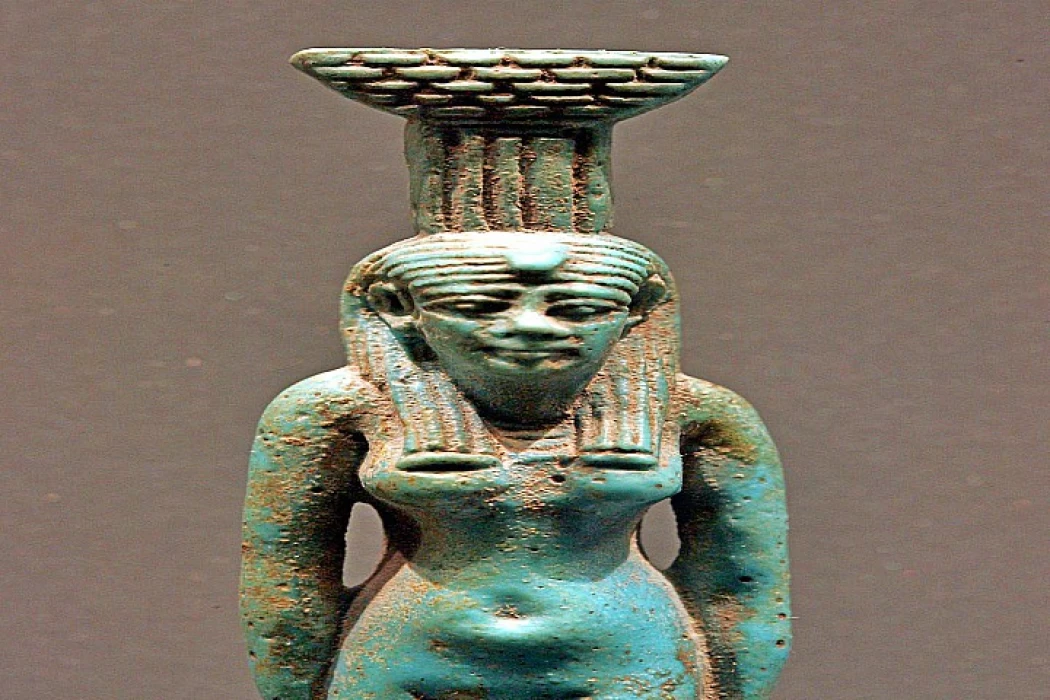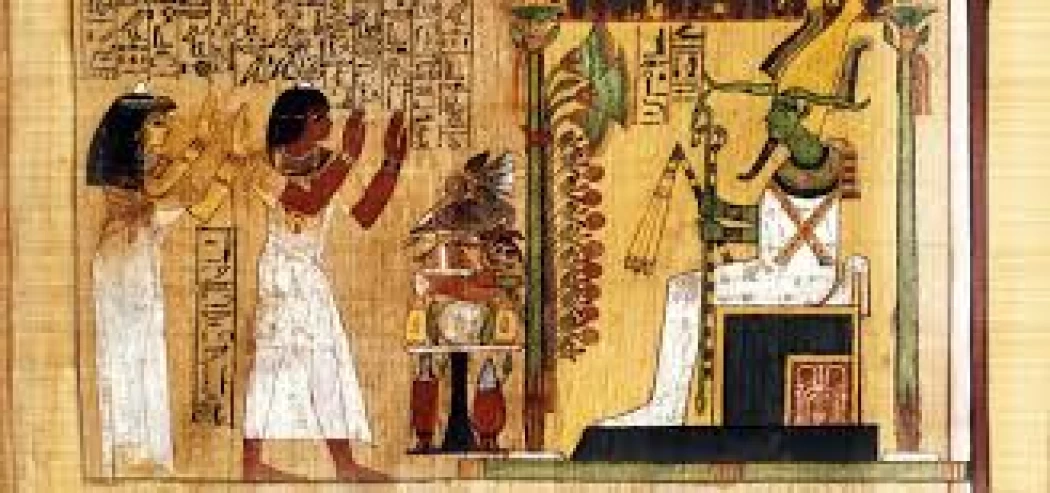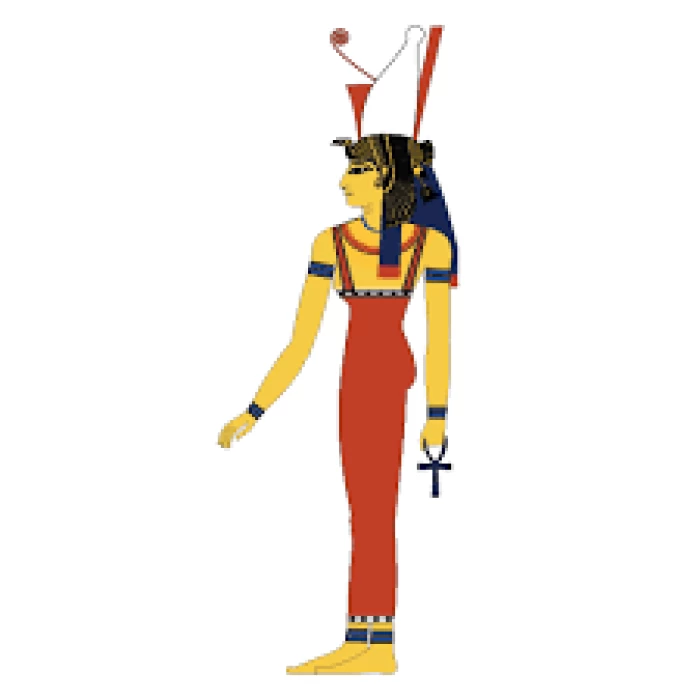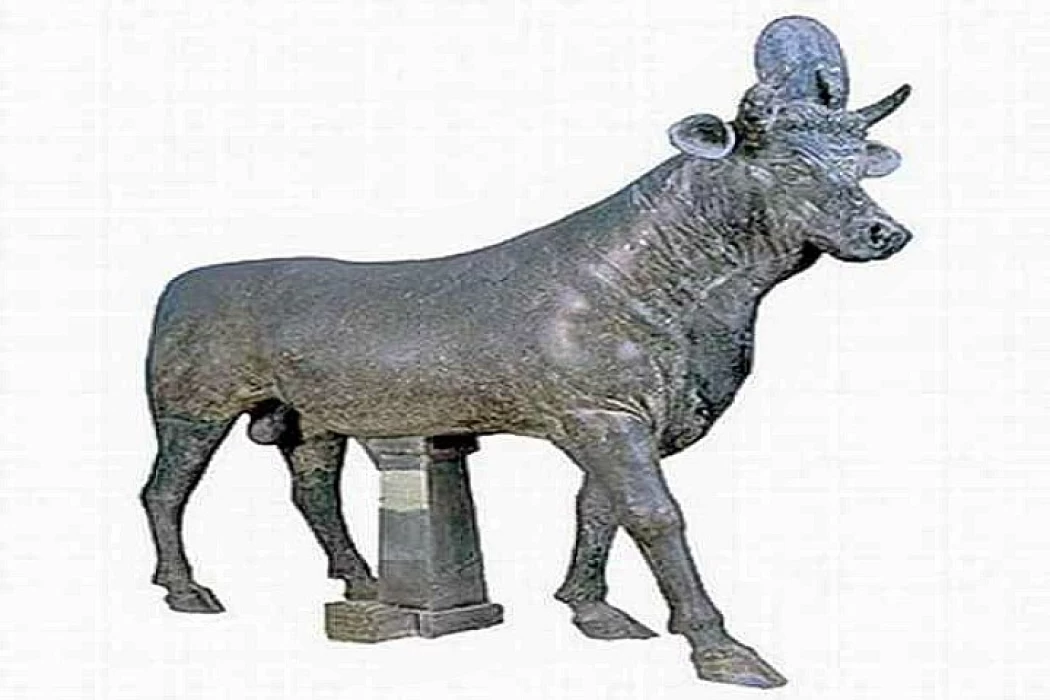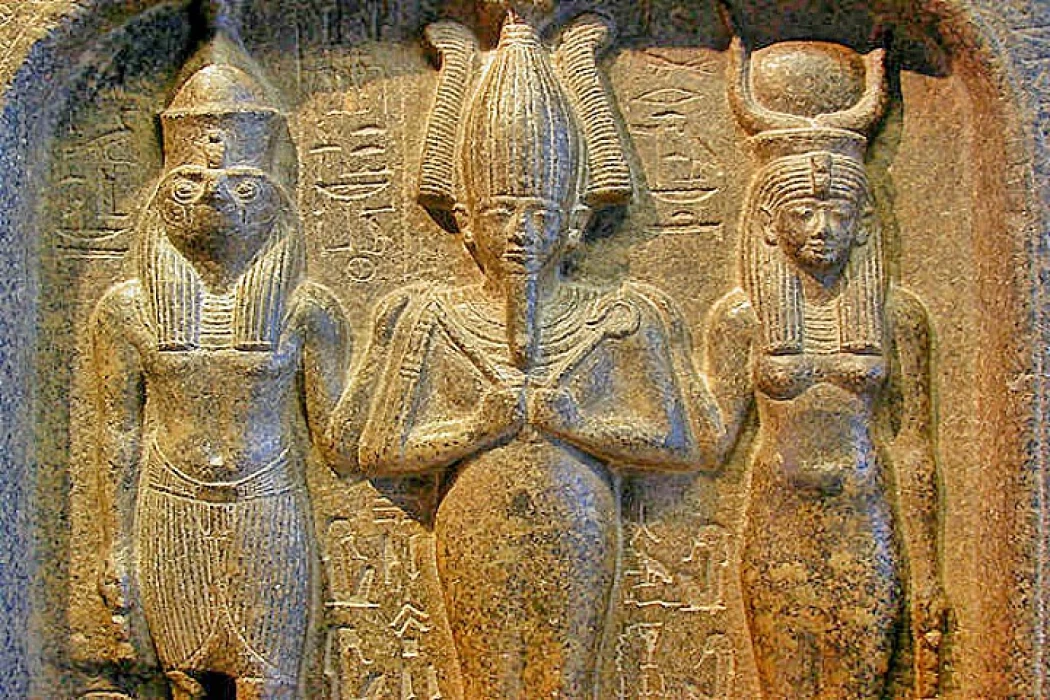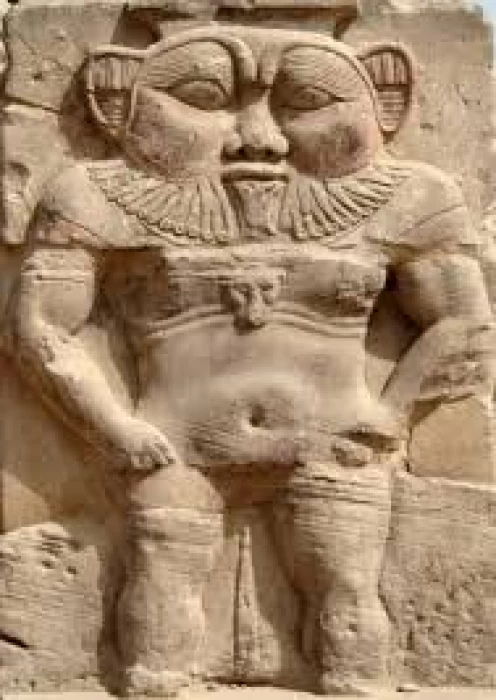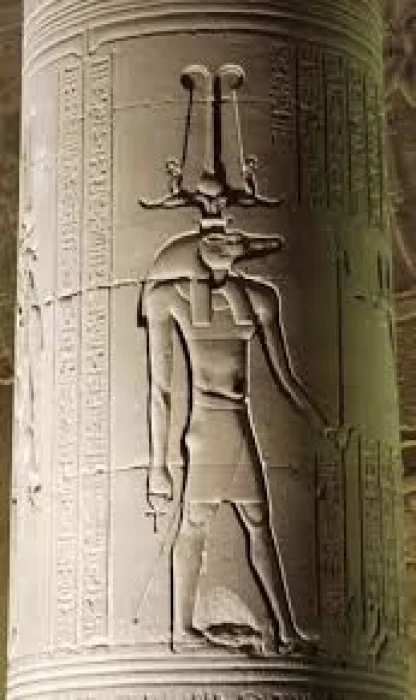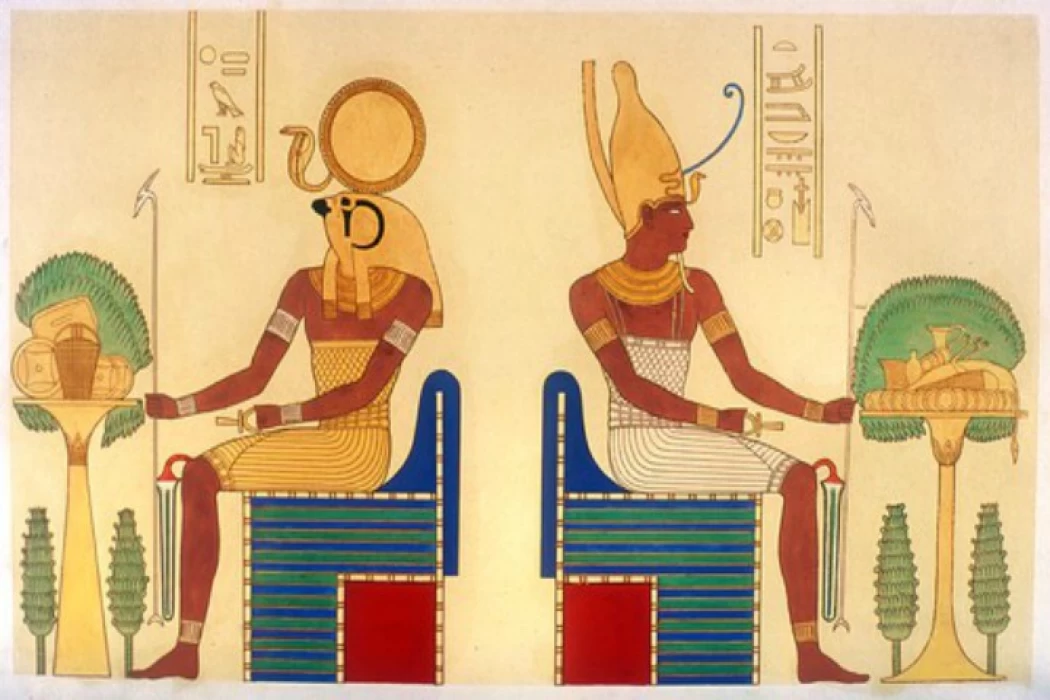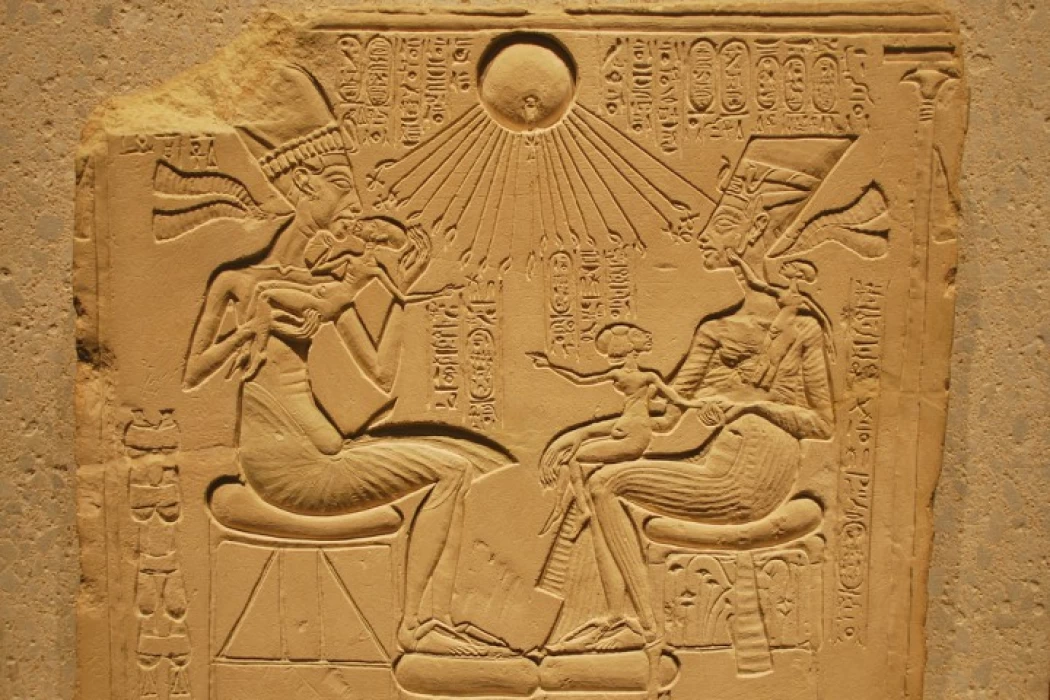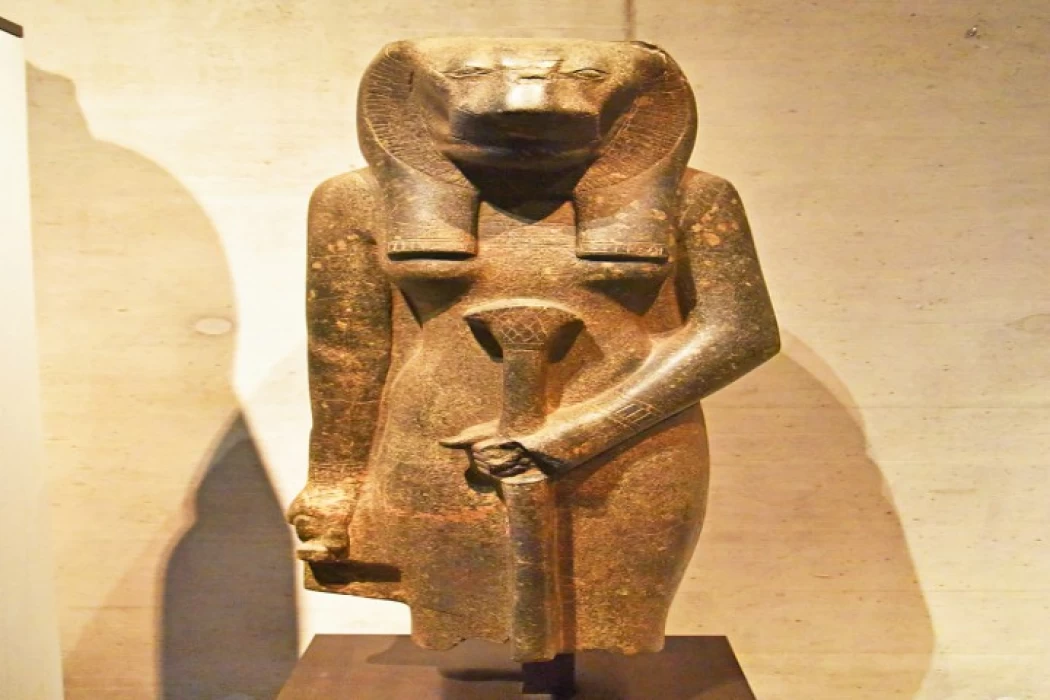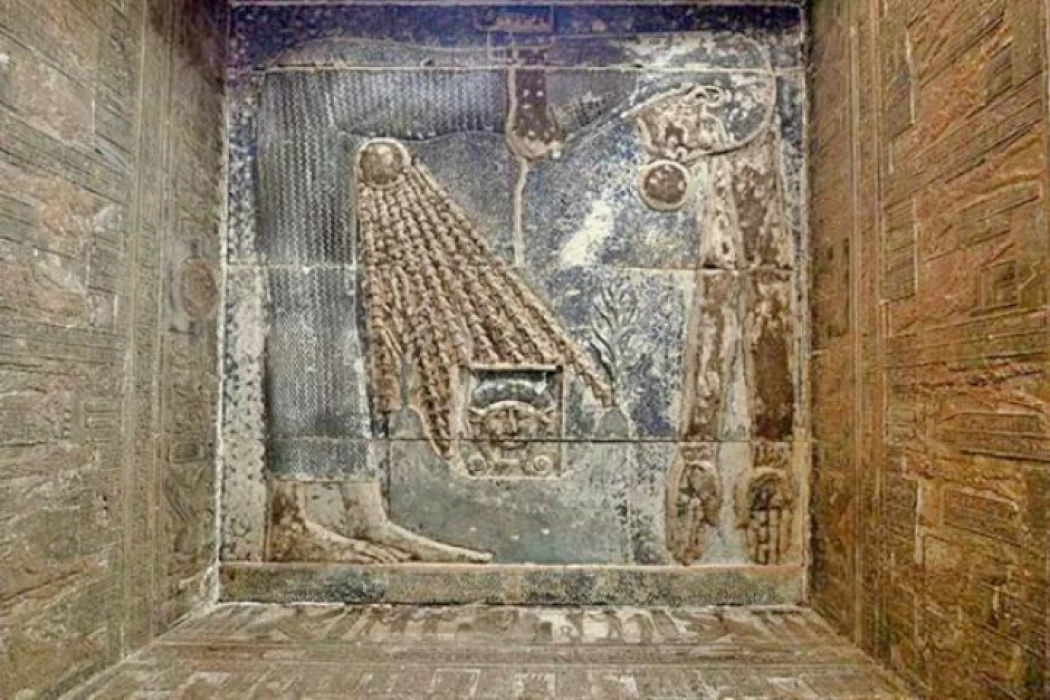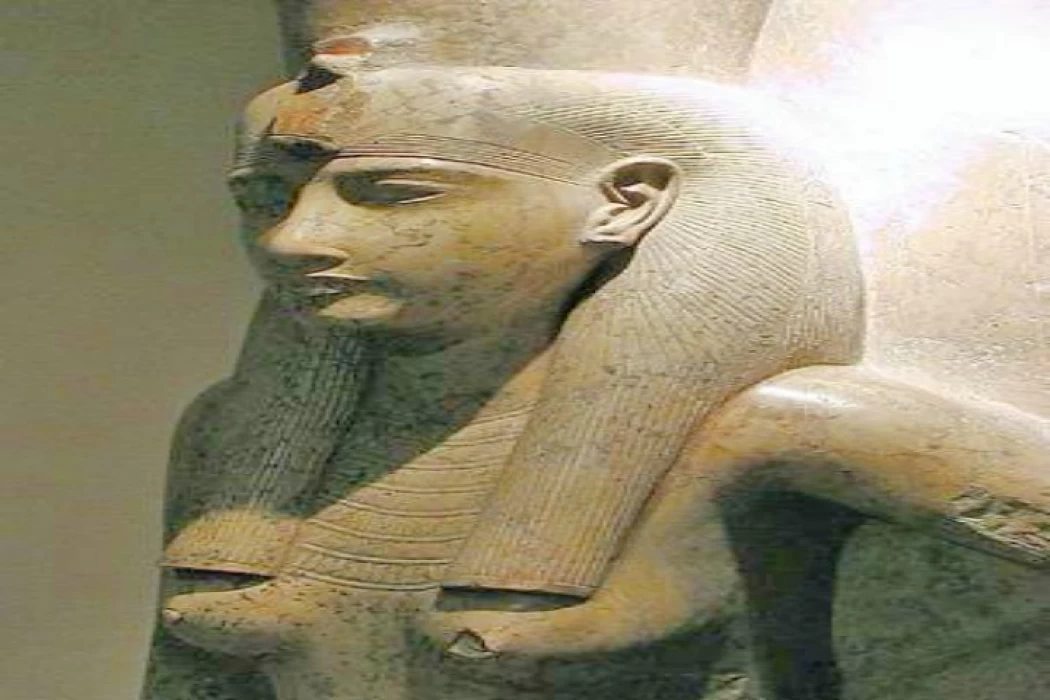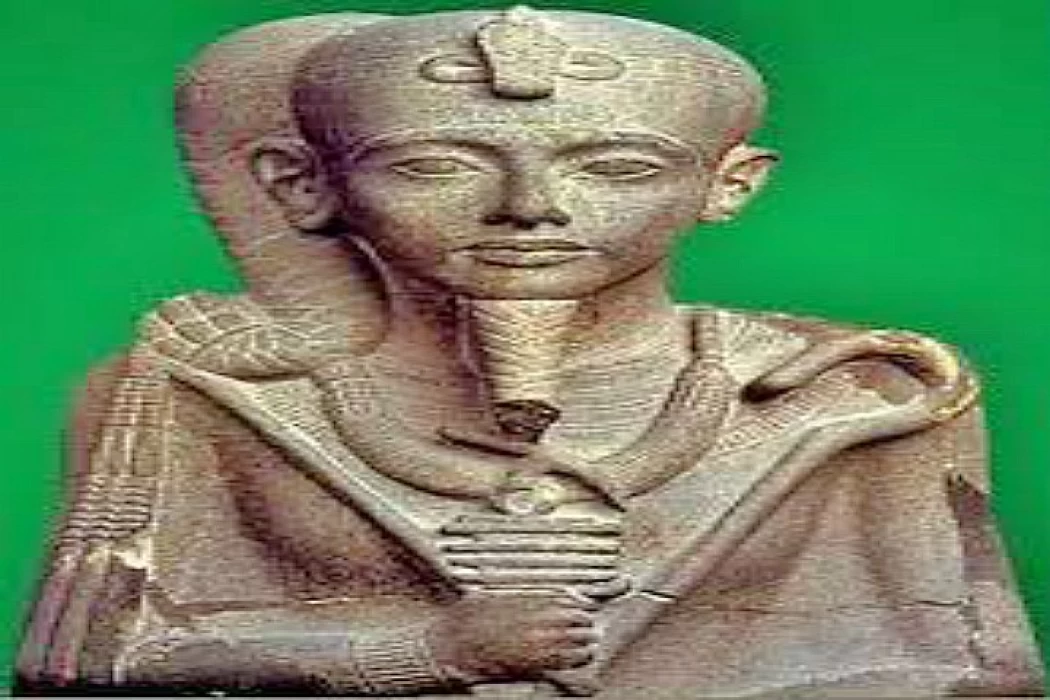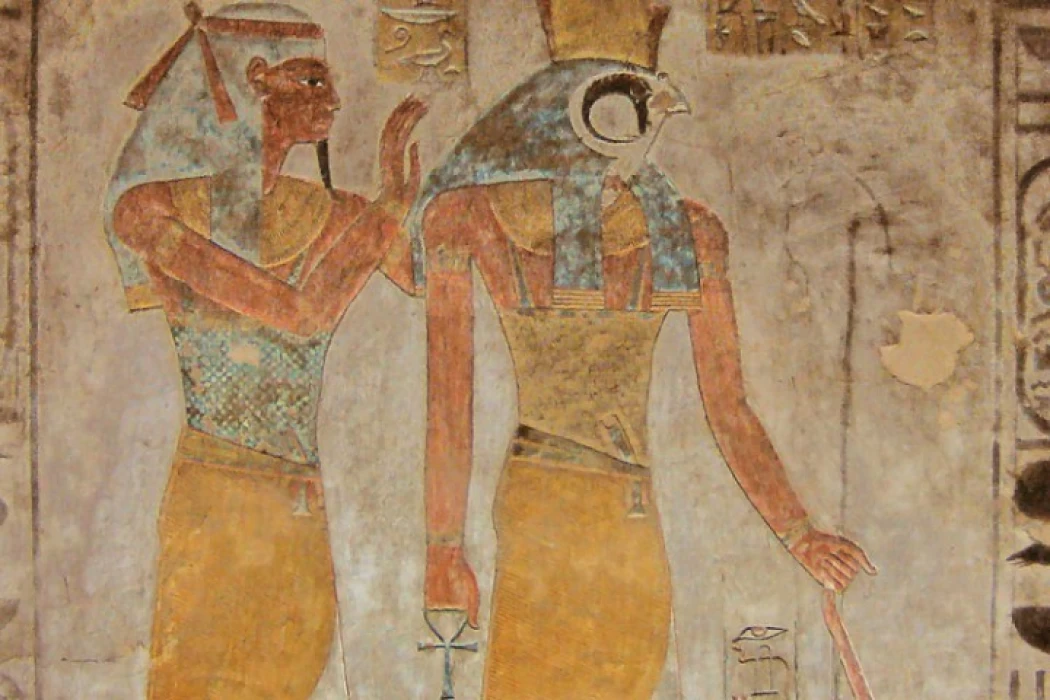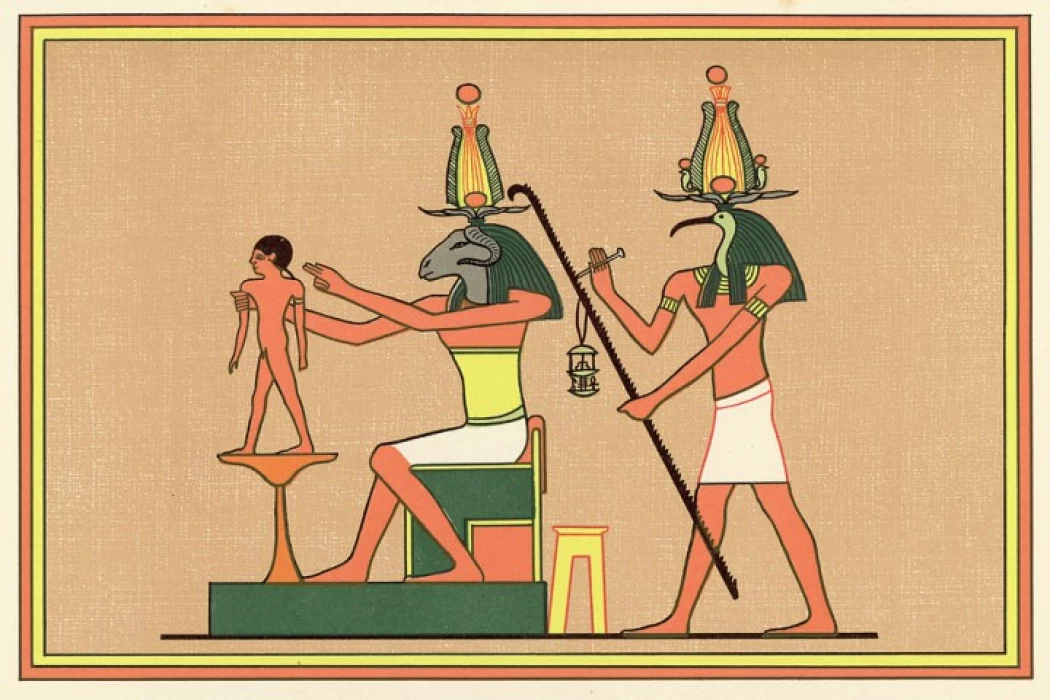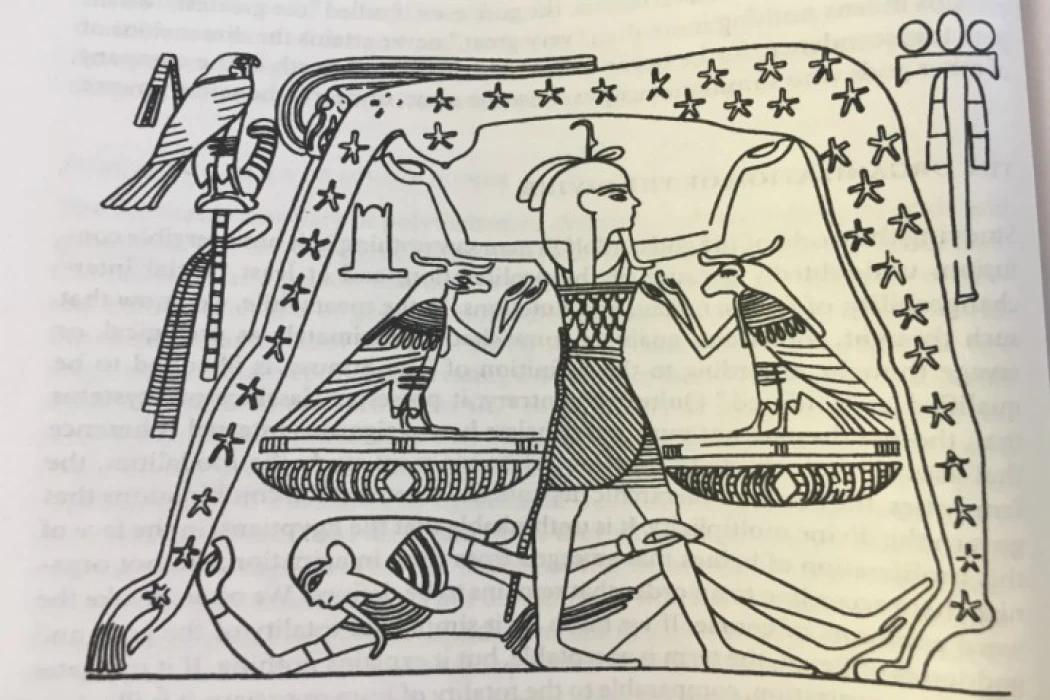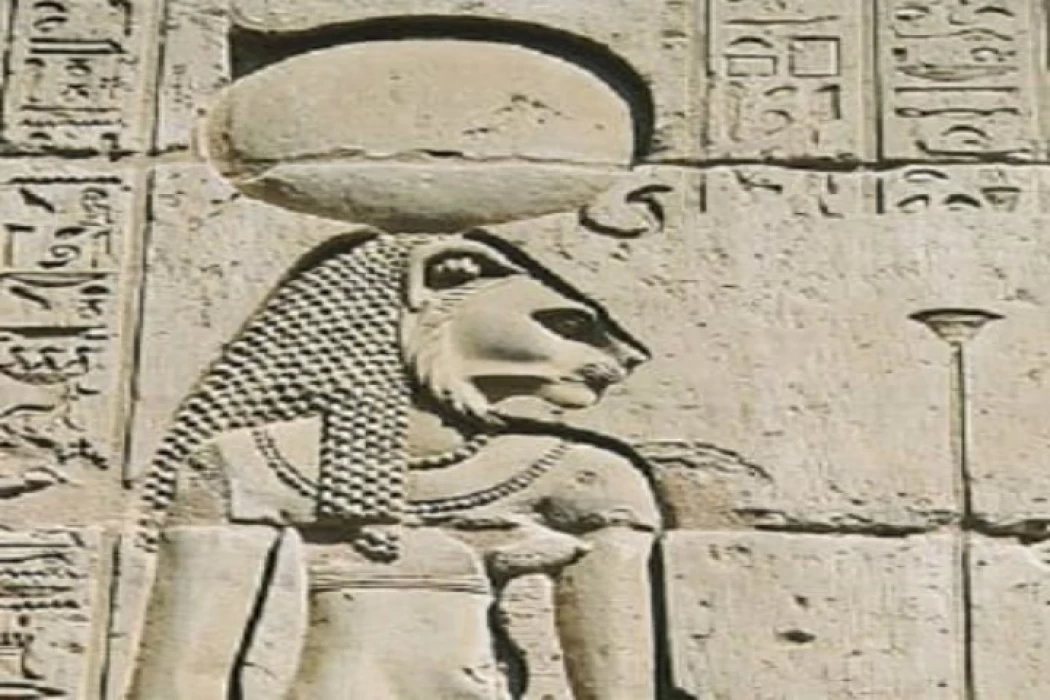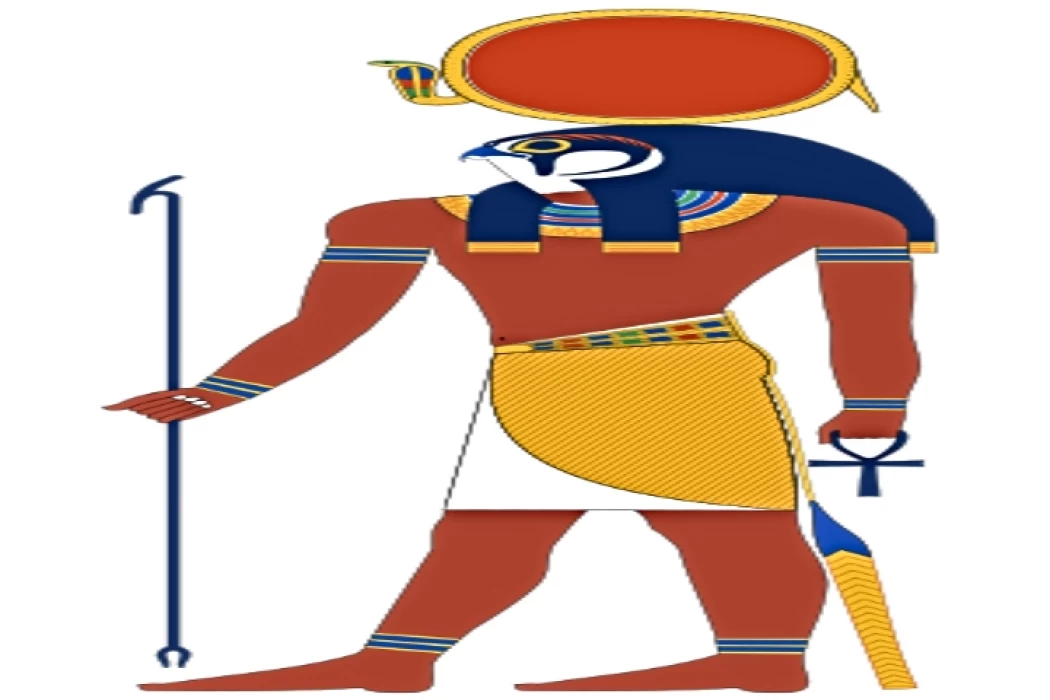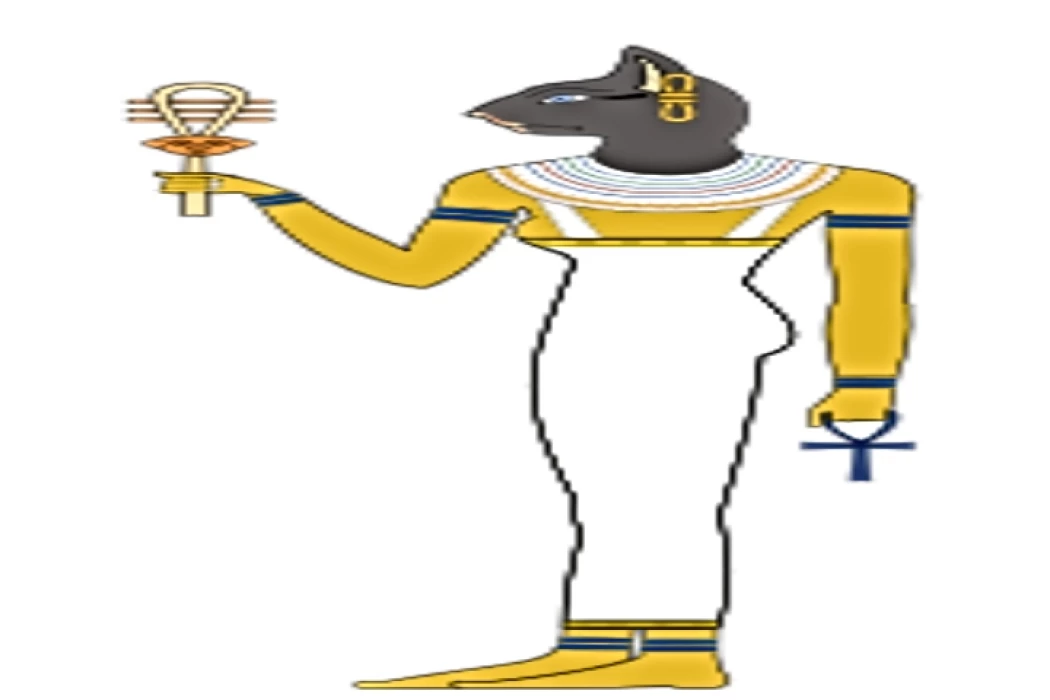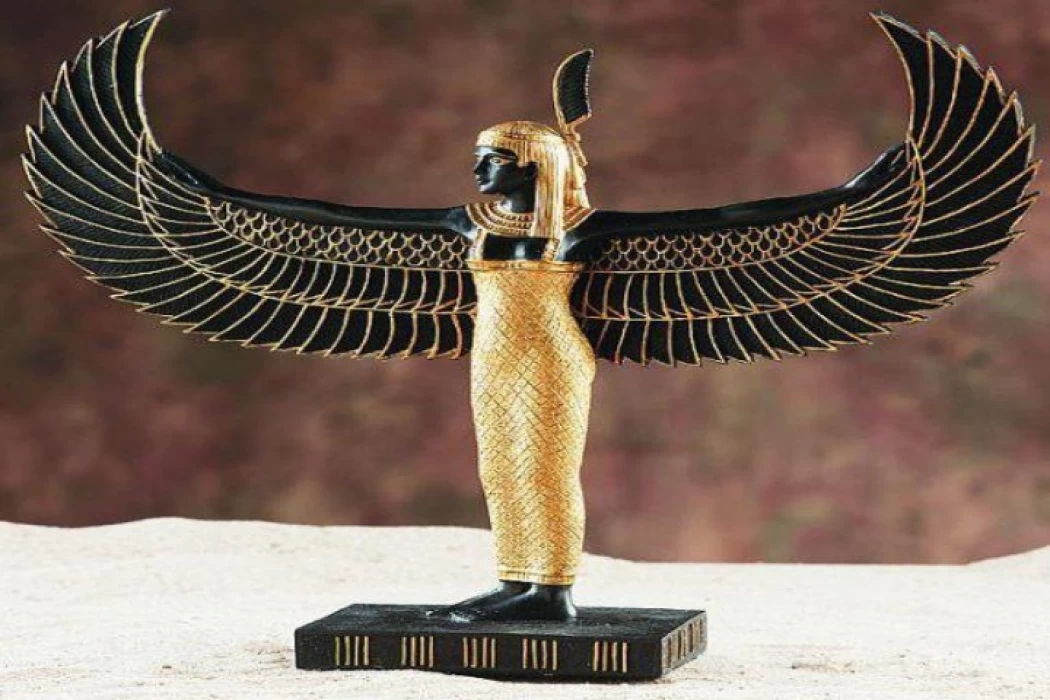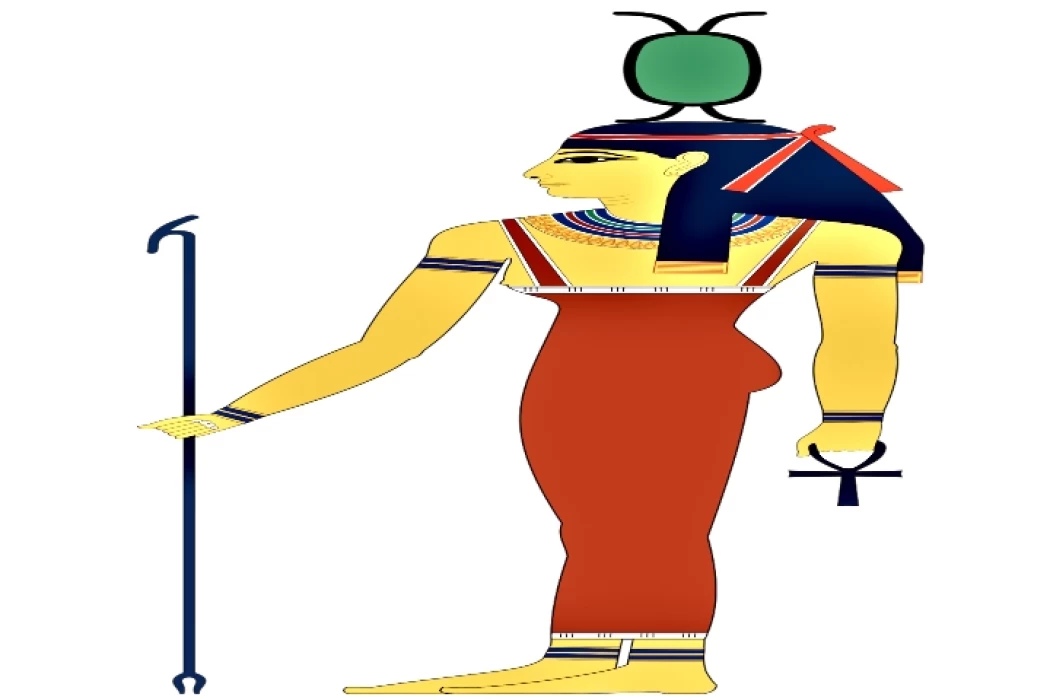Admin
The sun had a special place for the ancient Egyptians, as they considered it the source of life, so they took it as a god and called him Ra, Ra is the sun god and creator of the universe, one of the most famous gods in the ancient Egyptian religion, and he also heads the sacred ensemble, which includes the gods involved in the process of starting creation. Visit the great temples of Luxor which narrates about the Amun Ra with Cairo Top Tours.
Admin
The Egyptian goddess Isis
Isis is one of the most significant goddesses in ancient Egyptian religion whose worship spread throughout the Greco-Roman world. Isis is first mentioned in the Old Kingdom of Egypt (c. 2686–2181 BC) as one of the main characters in the Osiris myth. She saves and resurrects her husband, the divine king Osiris, and gives birth to and protects his heir, Horus. Discover the story of Isis and her history with the ancient Egyptian with Cairo Top Tours team.
Admin
The Egyptian god Osiris
The ancient Egyptians strongly believed in the importance of life after death or the concept of resurrection. Osiris was the god who was responsible for the fertility of the green fields and the afterlife. Osiris also is famous for his story with the ancient Egyptian goddess Isis. Come to Egypt and be accompanied by professional Egyptologists to learn more about the Egyptian gods.
Admin
The god Horus| The falcon-headed god
The god Horus was called Hur or Horus in the ancient Egyptian language, Horus, and by this name, he was commonly mentioned in most Egyptology references. One of the most significant deities is Horus, and his symbol and story have been strongly related to kingship and the legitimacy of rule, as he is the legitimate heir to his father Osiris. Horus was considered the king on earth or the representative. Visit the temple of the god Horus with Cairo Top Tours and don’t waste the opportunity
Admin
The Egyptian God Thoth
Thoth or Tut, the god of wisdom for the Pharaohs. Today is the first day of Thoth, which is the first day of the Egyptian calendar. Thoth is depicted with the head of an ibis and his main shrine was in Ashmun, where he was the main deity there. Visit Egypt and learn more about the Egyptian Gods with the Cairo Top Tours team.
Admin
Goddess Nephthys | The House’s mistress
Ancient Egyptian culture recognized Nephthys as a powerful goddess and myths combined the goddess herself with her sister Isis in funerary rituals. Visit Egypt and explore Egyptian history and the Egyptian goddesses with Cairo Top Tours.
Admin
The Book of the Dead and the oldest book in history
Explore the mysteries of Egypt's ancient Book of the Dead, a collection of spells and prayers guiding souls to the afterlife. This historical treasure, highlighted in many Egypt travel guides and seen in day tours, shore excursions, and museum exhibits, unveils the spiritual beliefs of ancient Egyptians and their monotheistic roots.
Admin
Mut and Her Symbolism in Ancient Egyptian Mythology
Discover the fascinating role of the eagle in ancient Egyptian mythology, particularly its association with the goddess Mut. Learn how the eagle symbolized strength, protection, and motherhood, and how it became a revered deity in ancient Egyptian culture.
Admin
Prominent Gods of Ancient Egypt
Discover the fascinating world of ancient Egyptian gods, including Apis, the sacred bull, and Atum, the symbol of creation. Explore the roles and significance of these deities in Egyptian culture and religion.
Admin
Osiris's Myth | The Tale of Isis and Osiris
The story of Isis and Osiris, the pharaonic love myth that predates the stories of Qais and Lily or Romeo and Juliet by more than a thousand years, is the myth of sacrificial love that made Isis and Osiris the most beloved gods of the ancient Egyptians and made the god Six despised for doing evil and attempting to kill his brother.
Admin
God of Childbirth | God Bes | Ancient Egyptian Dwarf God
Bess, one of the gods of ancient Egypt, was very well-liked during the New Empire. To frighten the unsullied, his likeness is a puffy-cheeked dwarf with a fan-shaped chin. He was often referenced in the Temple of Dandara and was worshipped during the Roman era as the Healer, carrying a sword and shield.
Admin
God Sobek
The god of nature in ancient Egypt was known as Subic, or Sobek. He was linked to military might, fertility, and royal authority. Along with his evil-repelling properties, he was also revered as a deity of protection against perils, particularly those brought on by the Nile's frequent floods.
Admin
God Atum
Atum is an ancient Egyptian deity representing creation and the setting sun. As one of the primordial gods, he is often depicted as a self-created entity who emerged from the primordial waters of chaos to form the world, embodying both the sun and the creative force of the universe.
Admin
God Aton | Aten God of Egypt
As the sun god, Aton was revealed by King Akhenaton and is revered by all races. He is represented by a solar disk with rays that end in human hands, giving the royal family life and prosperity both during and after Akhenaton's death. Among the gods of Egypt, Amun made a comeback, regaining his position at the top.
Admin
Goddess Sekhmet
Sekhmet is a mythological figure of ancient Egypt, depicted as a lioness-headed woman seated on a throne. Among her titles are the great lady, the beloved of Ptah, the eye of Ra, the lady of war, the lady of the earthly, "Upper and Lower Egypt", the mighty, and many other titles, meaning that her name is the most powerful, and she was worshipped at the entrances of the valleys, especially in Upper Egypt.
Admin
Goddess Nut | Goddess of the Sky
In ancient Egyptian religion, Nut is the goddess of the sky, and she is typically shown with stars. She is the sister of Jeb, the earthly god; her father is Shu, the god of the air; and her mother is Tefnut, the goddess of moisture (or, as other historians have it, the goddess of fire). These are the religious beliefs of the ancient Egyptians.
Admin
Goddess Mut | Egyptian Goddess of Heaven
Her name means "Death" and "Mother" and she is Amun's wife. In ancient Egypt, she was the mother of the gods. Over thousands of years, her name and pronunciation have evolved in numerous cultures and civilizations. Often shown as a queen, she is incanted as a lioness and has a white crown, often called a double crown, and a headpiece stripped by vultures.
Admin
God Khonsu | God of the Moon
In Egyptian mythology, Khonsu, also called the deity of the moon, is linked to medicine. He was also revered as the guardian of the sick, a deterrent to bad spirits, and a symbol of birth and earthly fertility. He was regarded as the son of "Amun and Mut" from ancient times, and his Karnak temple is extraordinarily well-preserved.
Admin
God Geb | God of the Earth
Geb is a god of the ancient Egyptians and a member of the "Tarsus Heliopolis" mythology. He is the brother of the sky goddess Nut, according to ancient Egyptian religious legend, and they are the two sons of Shu, the deity of air, and Tefnut, his wife, who was once thought to be the goddess of moisture and water but is now identified as the goddess of "fire" by archaeologists.
Admin
God Khnum | God of the Waters
In the religion of ancient Egypt, Khnum was a god who was portrayed as a ram or as a man with two horns and a ram's head. In the belief of the ancient Egyptians, Khnum used a potter's wheel to physically create humanity from the muck of the Nile. The god who brought the Nile to create life on its banks, he was revered in Aswan, Memphis, and Esna, among other places in Egypt.
Admin
God Shu | Egyptian God of Air
Not only did Shu symbolize light, but he was also regarded as a calm and good god, much like the fresh air that arrived in Egypt. Shu was one of the most significant gods among the Egyptian pantheon. He was the god of the air, and his name meant emptiness since it was the space that separated the sky from the earth.
Admin
Goddess Tefnut | Goddess of Humidity and Rain
One of the gods of ancient Egypt, Tefnut is a member of the holy Tasus of Heliopolis. In addition to creating the world, this ninth also discovered the worlds of water, earth, and sky, according to Egyptian mythology. Tefnut was also referred to as "the truth" and "the Nubian cat" at times. Originally thought to symbolize dampness, archaeologists chose to characterize it as a fire emblem.
Admin
One of the ancient Egyptian gods (Re-Hor-achti)
Re-Hor-Achti is an ancient Egyptian deity who represents the sun and is often a fusion of Ra and Horus. He is known as "Ra, who is Horus of the Horizon," symbolizing his role as the solar deity that traverses the sky during the day. Re-Hor-Achti was revered as a protector of pharaohs and the embodiment of kingship, associated with resurrection and eternal life. His significance is evident in temples and inscriptions.
Admin
The Egyptian Cat Goddess Bastet
Bastet, also known as Bast, is an ancient Egyptian goddess associated with home, fertility, and domesticity. Initially depicted as a lioness, she later evolved into a gentle woman with a domestic cat's head. Bastet symbolizes protection, joy, and motherhood, and was revered for safeguarding the home and family. Her festivals, including music, dance, and feasting, emphasized her connection to celebration and festivity.
Admin
Ma'at | The Goddess Of Truth And Justice
Maat, an ancient Egyptian goddess, represented truth, justice, and cosmic order. She was often depicted as a woman with an ostrich feather on her head, symbolizing balance and harmony in the universe. Maat's principles guided pharaohs in governance and were central to the concept of ma'at (truth) in both the afterlife and daily life, where the deceased's heart was weighed against her feather.
Admin
The Goddess Neth, Neith
Net, also known as Neth, was an ancient Egyptian goddess associated with hunting, warfare, and protection. She was often depicted as a lioness, symbolizing nature's fierceness. Worshiped primarily in Sais, Net was a mother figure and guardian of pharaohs, providing strength and guidance in battles. She was also linked to fertility and childbirth, symbolizing nurturing motherhood. Net represented the duality of creation and destruction, highlighting the complexity of life in ancient Egyptian beliefs.
